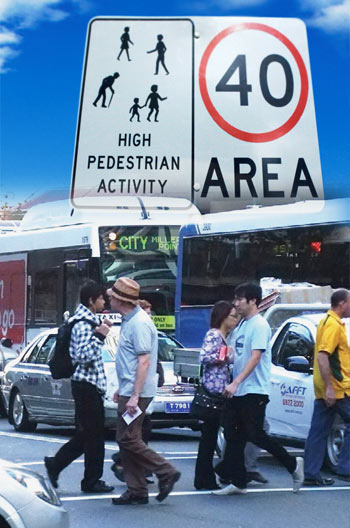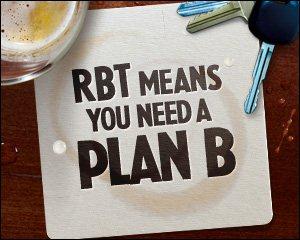Slowing down saves lives
Speed is the biggest single danger on NSW roads, contributing to about 40 per cent of road fatalities each year. International and Australian research shows that even small reductions in vehicle speed can reduce the number of deaths and the severity of injuries caused by crashes. A small decrease in vehicle speed can make a big difference to your chances of survival.
If a car hits a pedestrian at 50 km/h the pedestrian is twice as likely to die than if the driver had been travelling at 40 km/h. For every extra kilometre per hour of speed:
- The stopping distance increases
- The time to react and avoid a crash decreases
- The impact of a crash is more severe on the vehicle, driver, passengers and pedestrians
- There is more likelihood of serious injury or death


